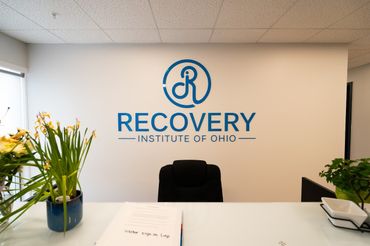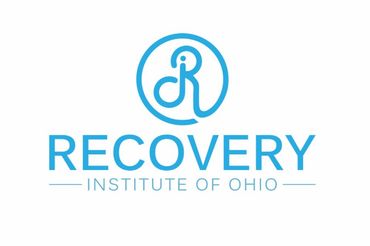
Outpatient Drug & Alcohol Rehabs in Ohio
Choosing to get treatment and break the cycle of alcohol or drug addiction is one of the most important decisions you can make, but knowing where to begin may feel difficult. A variety of types of treatment programs is available. There are several options for drug and alcohol addiction treatment in Ohio including detox centers, inpatient 28- or 30-day, 60-day or 90-day rehabs or outpatient facilities.
Browsing reviews for rehab programs may help you in making the important decision to get treatment. Check out the reviews below to learn more about amenities, services, cost, location and staff at Ohio rehab facilities.
Insurance Providers
Learn more about some addiction treatment insurance providers:
Addiction treatment centers in Ohio
Open to Travel? Check out Top-Rated Options
All Addiction treatment centers in Ohio
Are You Covered For Treatment?
- Columbus Rehabs
- Cleveland Rehabs
- Cincinnati Rehabs
- Akron Rehabs
- Dayton Rehabs
- Youngstown Rehabs
- Toledo Rehabs
- Canton Rehabs
- Hamilton Rehabs
- Newark Rehabs
Rehab Insurance Coverage in Ohio
Rehab Centers in Ohio
Information About Rehab in Ohio
Latest Reviews
Latest Reviews of Rehabs in Ohio
Licking County Alcoholism Prevention Program
understanding help and lessons were good. county funded and help from others
Drug Addiction in Ohio
Ohio has one of the highest rates of drug overdose in the country. In 2015, it was in the top 5 states for drug overdose deaths.7 Recently, these deaths have been driven more by drugs such as fentanyl and carfentanil and less by prescription opioids. In fact, carfentanil was involved in 340 overdose deaths in 2016 while prescription opioid-related deaths declined by 15.4% from 2015 to 2016.4 Alcohol abuse is also a problem in the state.
Fortunately, Ohio is home to many public resources and treatment options for those struggling and in need of care. More people in the state seek treatment than the national average, but rates of improved functioning following treatment lag behind national rates.
Addiction by the Numbers
- Drug overdose deaths in Ohio rose from 3,050 in 2015 to 4,050 in 2016.4
- Fentanyl and related drugs were involved in 58.2% of overdose deaths in 2016, compared to 37.9% in 2015, and 19.9% in 2014.4
- 37,000 (0.38%) Ohioans age 12 and older reported past-year heroin use in 2014-2015, compared to a national average of 0.33%.6
- 217,000 (15.3%) Ohio adolescents reported binge drinking alcohol within the past month in 2013-2014 (compared to the national average of 14.0%).2
- 629,000 (6.5%) Ohio adults reported past-year alcohol use disorder in 2014-2015 (compared to the national average of 6.1%).6
- 50,000 people are engaged in medication-assisted treatment for opioid addiction with medications such as Suboxone and Vivitrol.5























